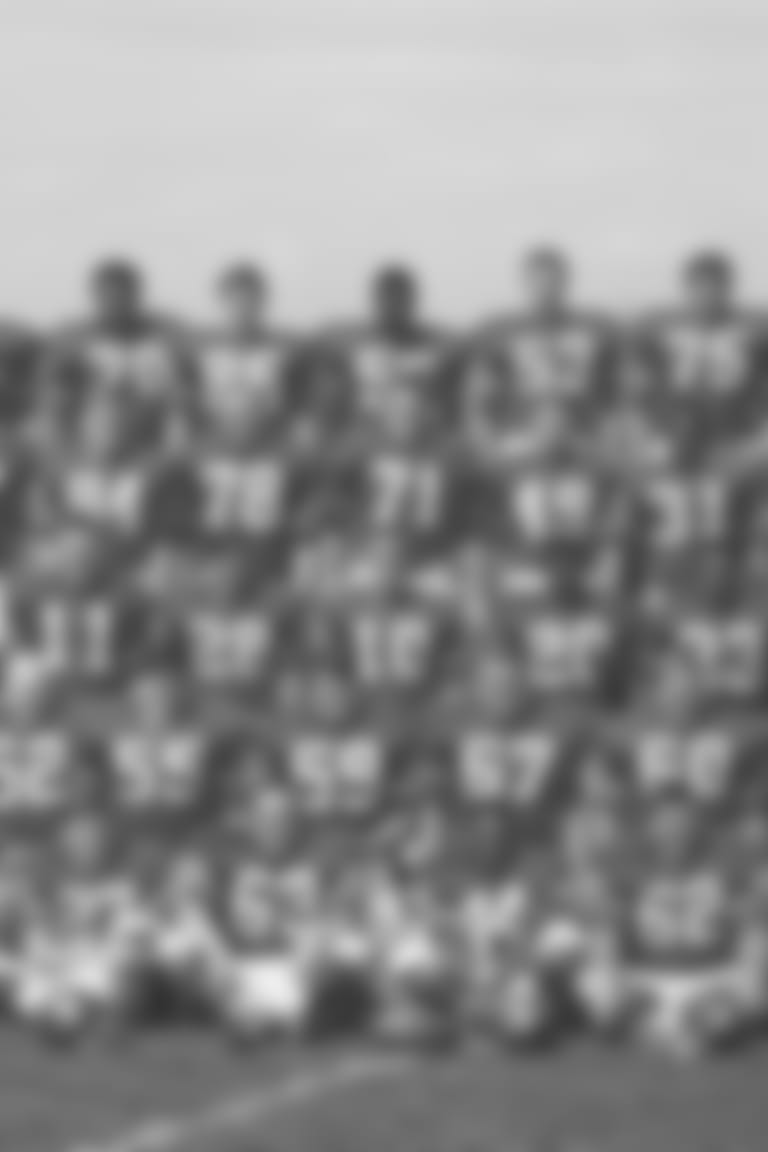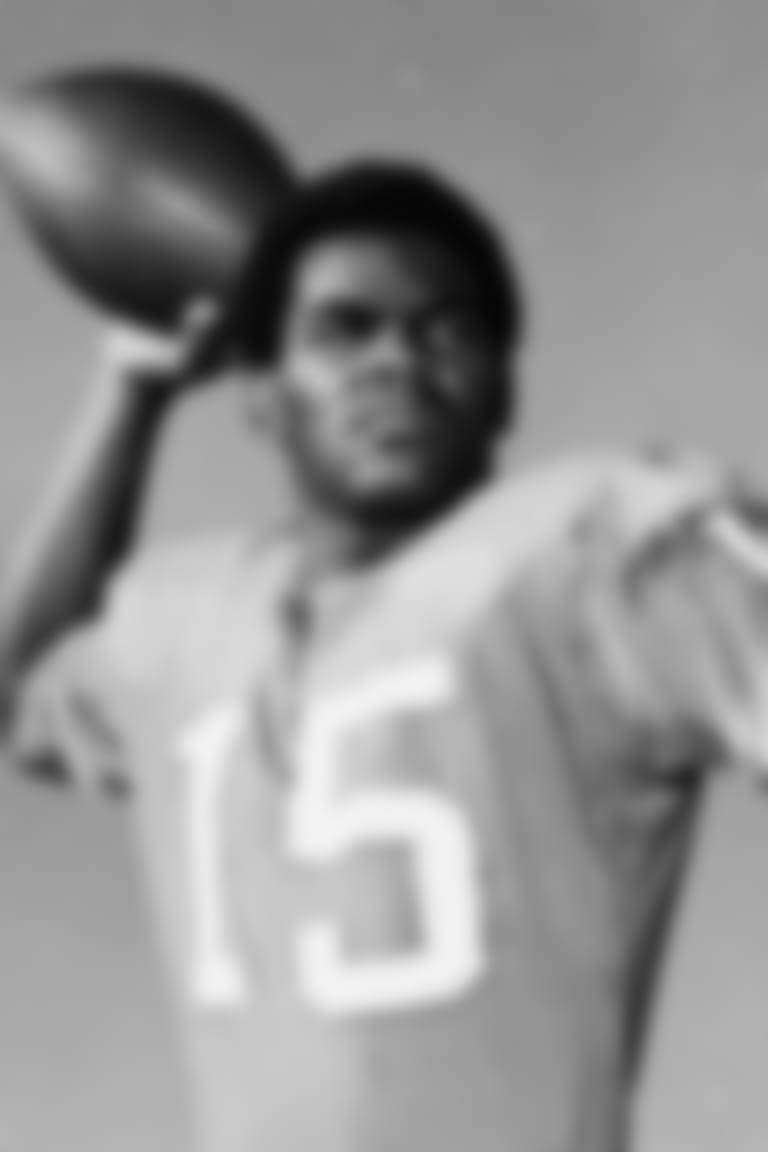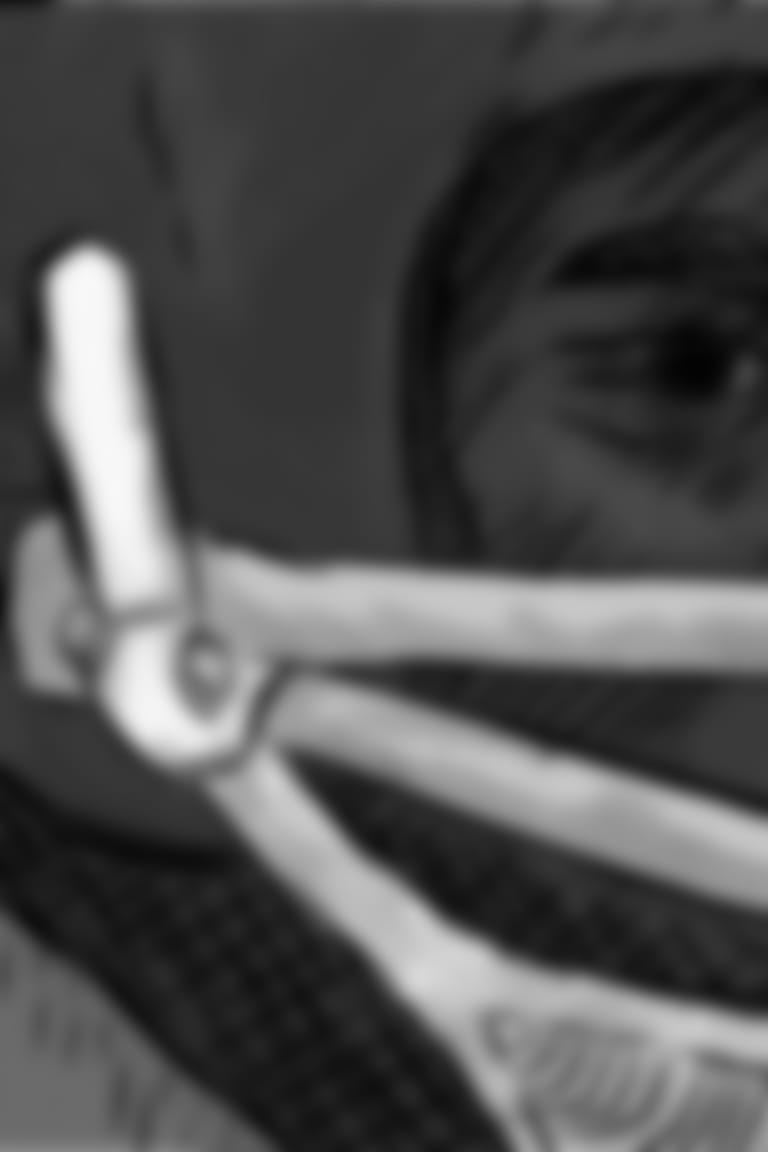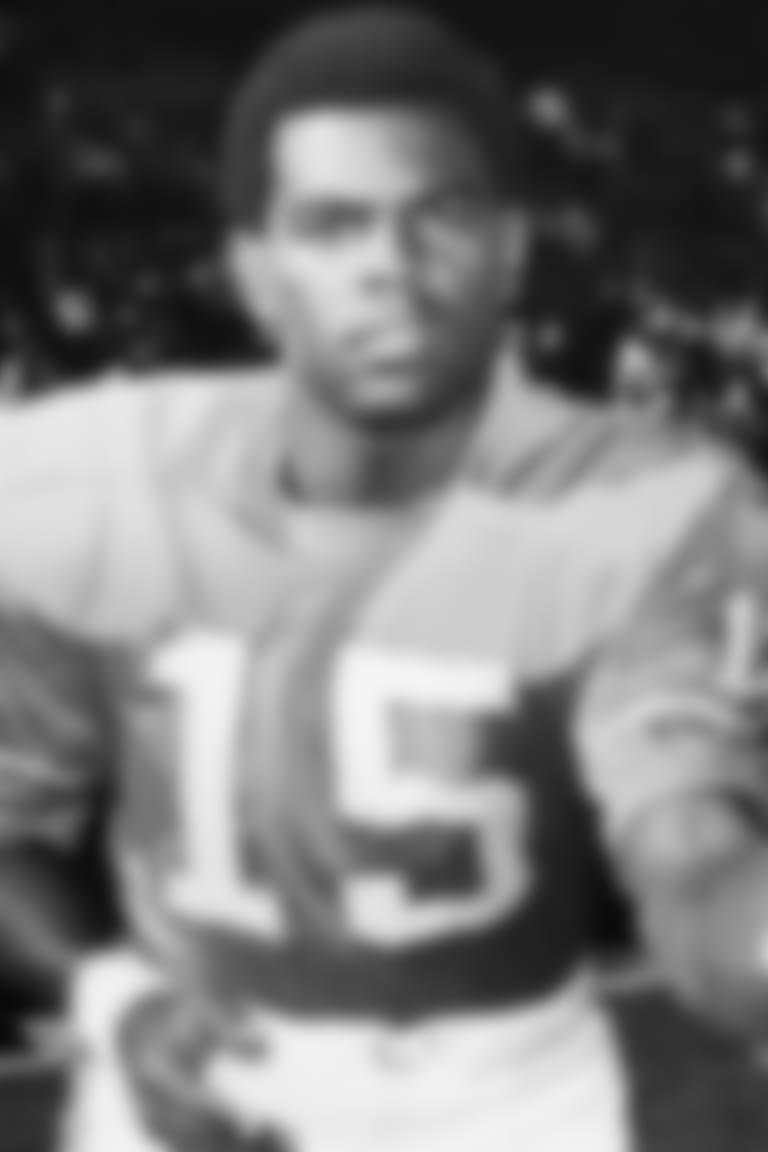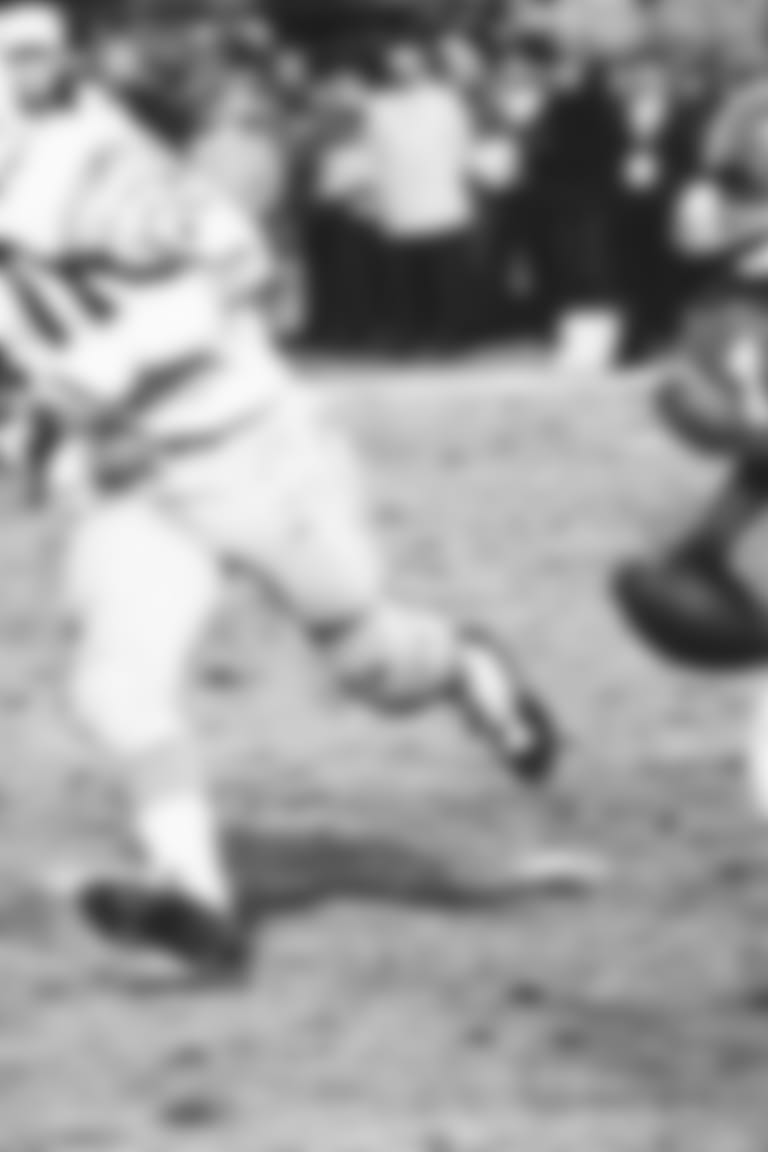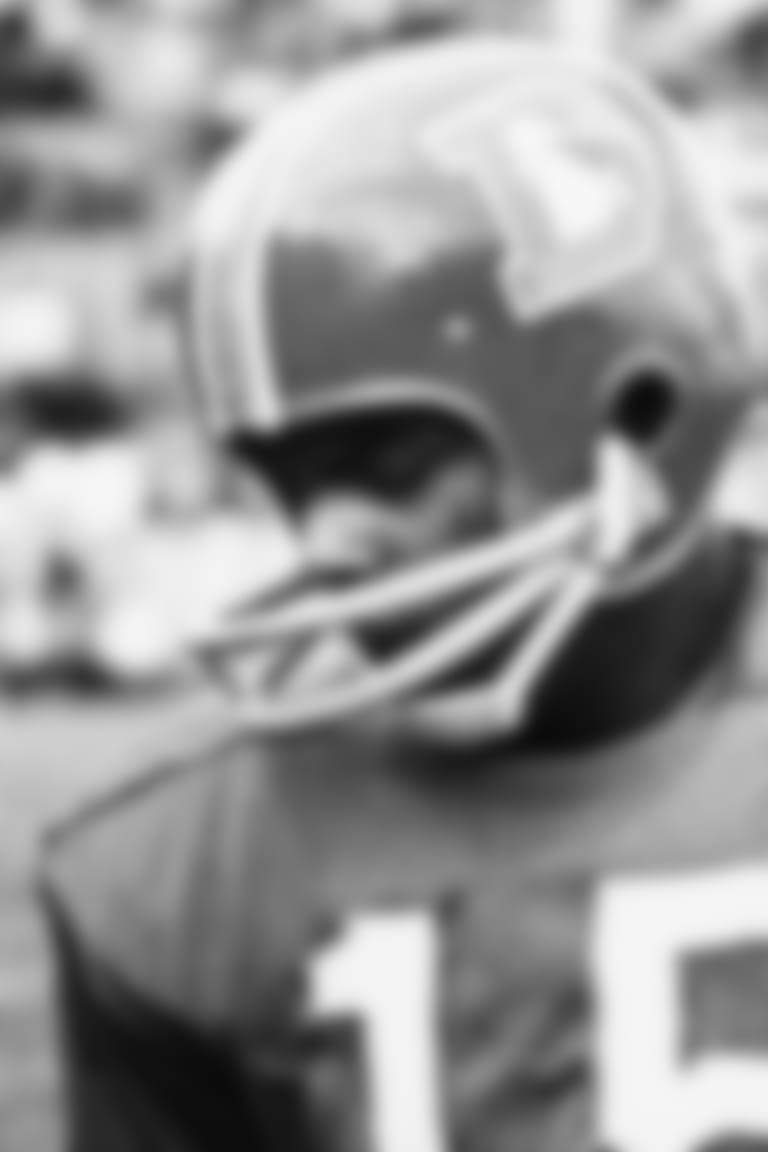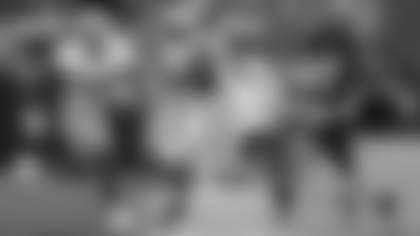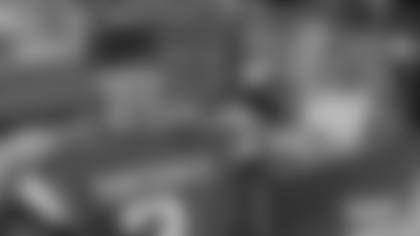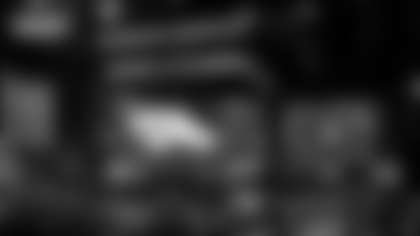In 1968, a small quarterback from Omaha, Nebraska, took the field for the Broncos and made history as modern American pro football's first Black starting quarterback. He dazzled and delighted crowds at Mile High, but a year later, he was gone from Denver. A year ago, we published this four-part series chronicling Briscoe's path to football history to recognize his immense achievements and the challenges he had to overcome and why that memorable run ended all too soon.
CHAPTER I: FROM PACKINGHOUSES TO THE PROS
From his home in South Omaha, on a hill overlooking the meat packing plant and its stockyard, a young Marlin Briscoe could see one future before him.
For thousands of workers, the stockyard and the assortment of packinghouses held something rare — good money for pretty much anyone willing to take the job. In the late 1800s and the first half of the 1900s, that generated waves of migration from around the country by immigrants and African-Americans alike, all seeking better lives for themselves and their children.
For millions of steer, pigs, sheep and other animals, the stockyard held something else altogether. A hungry nation in the midst of a post-World War II baby boom yearned for sustenance, and they had a significant role in providing it. The Union Stockyards' yearly receipts showed that it processed 6,764,140 animals in 1955, as Dirk Chatelain noted in the Omaha World-Herald[1].
It was big business, the backbone of the city's economy. By the time Briscoe turned 10 in 1955, Omaha had overtaken Chicago as the world's largest livestock market and meatpacking center. On a bridge near the Union Stockyards, the company proudly championed the city’s newfound claim to fame for all passersby to see[2].
The work was gruesome, of course. It assaulted the senses, whether you were on the killing floors in the packinghouse or whether you were out in the stockyard. There was the smell of the thousands of animals packed together and the manure they produced, the smoke the slaughterhouses manufactured and the waste the plants made. It all combined to form one of those foul odors that you would have had to experience to understand. "The smell of money," as it would come to be called, made South Omahans like Briscoe the target of ridicule, but Briscoe noted that no one was too proud to avoid the drive down there on Fridays to pick up their checks.
That $200 a week was good money, and for Black workers, it was some of the only work available to them. According to Chatelain, about half of all Black workers in the city commuted to South Omaha that year. Briscoe was willing to do the hard work, and he eventually would for a little while, but he yearned for more.
"It would make you make a decision about your life," Briscoe says now. "… I said, There's no way in the world. I'm getting my education. There's no way in the world I was going to work in the packinghouse the rest of my life."
That decision, as it turned out, would change the course of his life and pro football.








